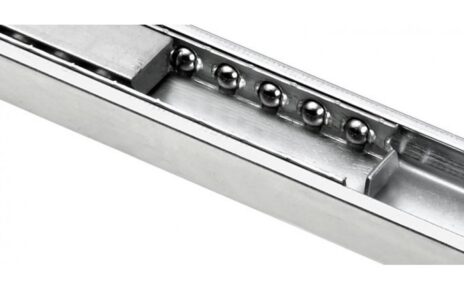Webcams have become Andrew Tate’s highly successful business empire. No doubt, his companies have achieved remarkable growth and profitability. Long before his webcam ventures, Andrew Tate had a background in kickboxing and owned a brick-and-mortar dojo. When YouTube came along in the late 2000s, Tate saw immense potential in building a personal brand through viral videos. He exposed luxury lifestyles and dating dynamics. His brash videos accumulated a substantial following. As opportunities for online money-making grew, he explored them. The most lucrative by far was the webcam industry.
Webcam tech innovations
Tate grew to be competitive in the webcam market. He developed bespoke webcam software solutions. Tate hired teams of developers in Romania to create programs and apps for both audience members and webcam models. As a result of these tools, live-streaming quality was improved, payment processing was managed, analytics were tracked, audience interaction was enabled, and digital security was provided. Tate’s company managed many models and customers smoothly by building this customized webcam infrastructure. Increased profits were attributable to proprietary software.
Centralized live-streaming hub
Tate launched a webcam studio that consolidated all the live video streams in one place. Audience members could easily browse profiles, interact with models, make requests, and access premium content, all within an interface customized for the specific business operation. Removing middlemen and hosting everything in-house maximized profits. Revenue comes from diverse monetization strategies at Tate. The main income source is customer tips and payments during live streams. Feature and content subscriptions are also available. Additionally, upselling to existing customers generates substantial revenue. Shop, watch non-explicit video content, chat privately, and exchange text. Selling user data is another revenue stream, though reportedly a small portion of overall earnings. Advertising on the platform also contributes somewhat to the bottom line. By diversifying income sources beyond just live-streaming tips, Tate capitalized on webcam consumers’ high willingness to spend on status, exclusivity, and interaction.
Global expansion
The global expansion of tate’s business on beforeitsnews was important. As the legal environment for webcams varied across countries, Tate identified and entered new markets to grow his customer base. Models were recruited from Romania, Moldova, Colombia, Hungary, and Slovakia. Tate also translated his software and sites into Spanish, Portuguese, and others. Market penetration was further enhanced by catering to local preferences. He relentlessly promoted his webcam businesses and public persona through social media engagement, viral stunts, flashy displays of opulence, and controversy-stirring content. Tate realized there would be limitations to traditional advertising in this industry. Infamy and fame attracted curiosity, clicks, and conversions. The calculated outlandishness of his sites attracted visitors. A glitzy webcam platform sold fantasies of wealth, power, and hedonism. His effective brand-building retained high-paying clientele.
While aggressive marketing and expansion grew the top line, prudent financial management kept costs low. Tate prioritized high-profit margins and cash flows. He retained lean operations with cost-efficient technical teams in Romania. Tate also invested minimally in support, relying heavily on automated self-service. His webcam businesses thus operated with enviable profitability. Tate also managed his finances astutely. He acquired bitcoins and real estate assets, and relocated to a low-tax country.





